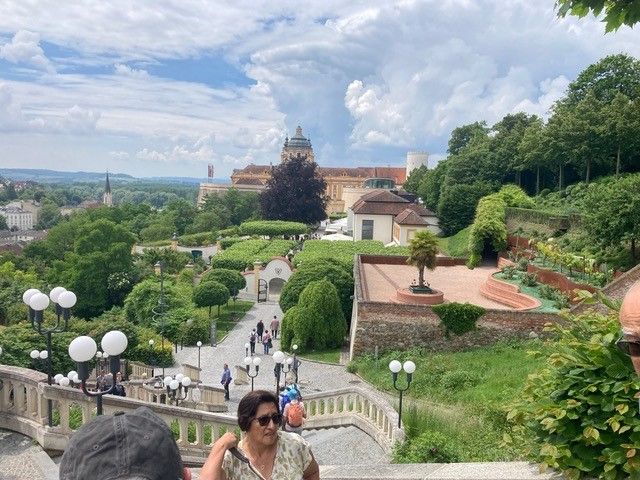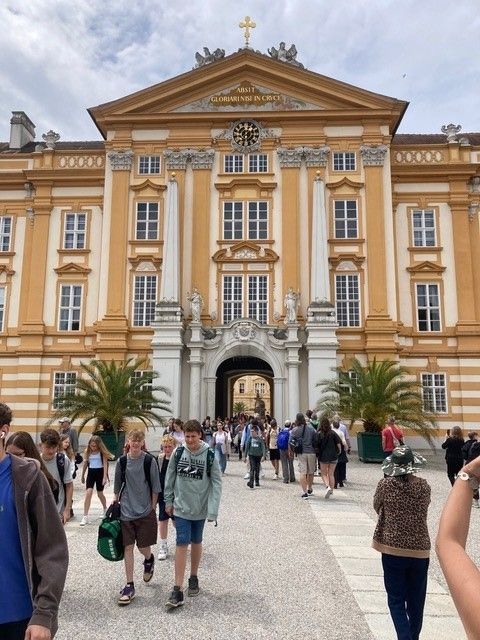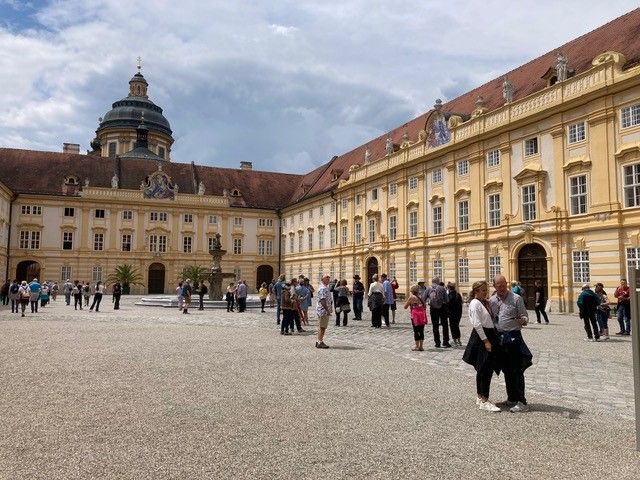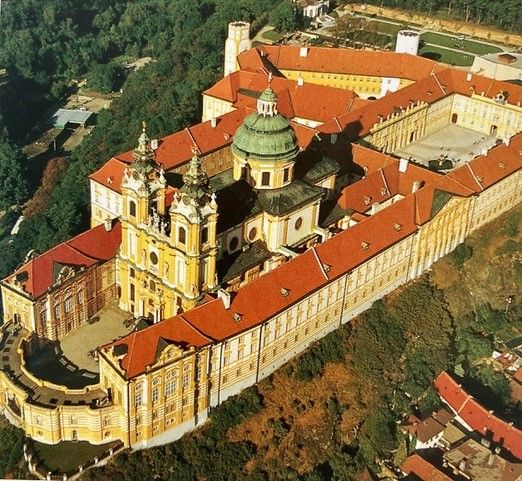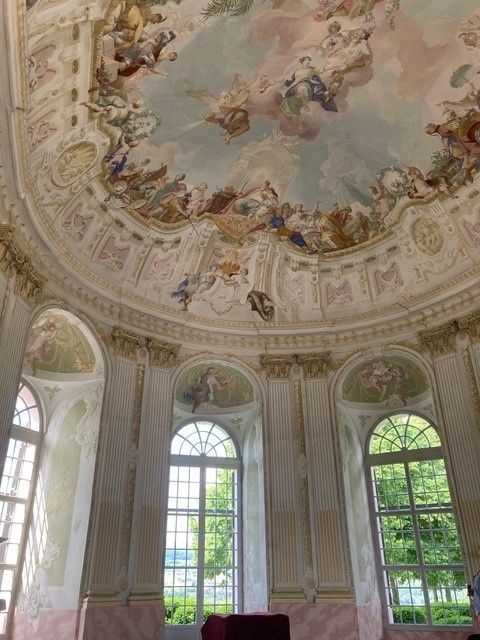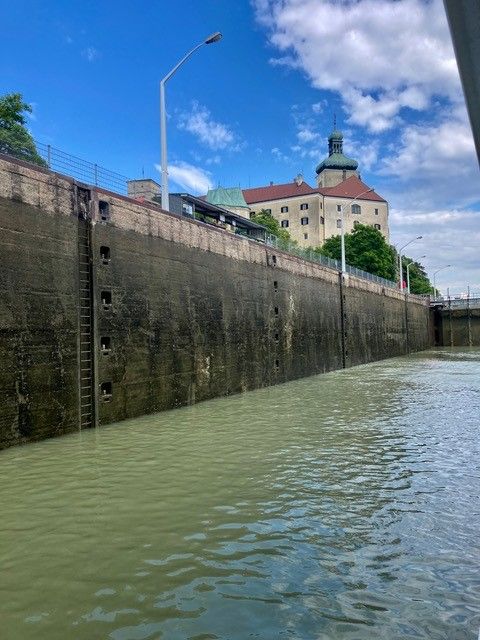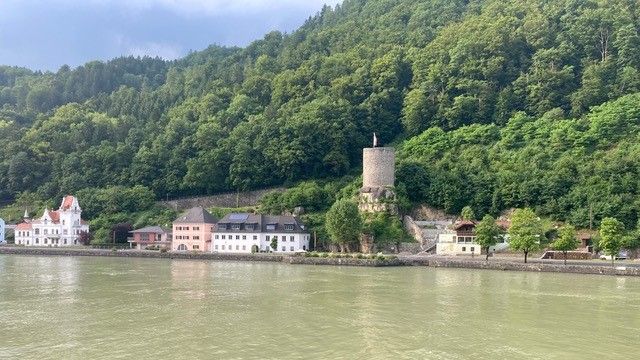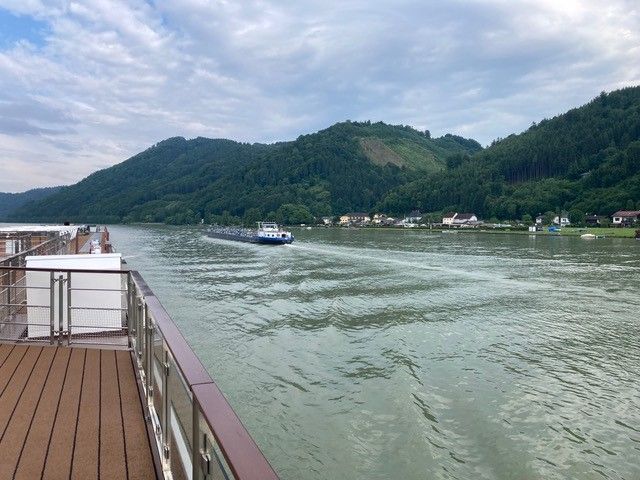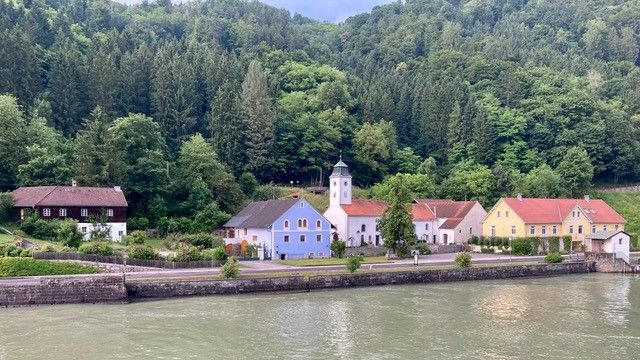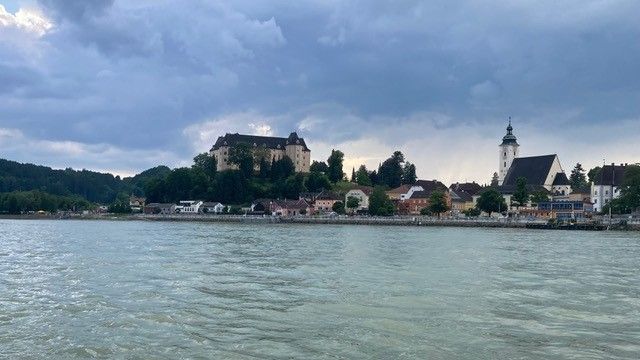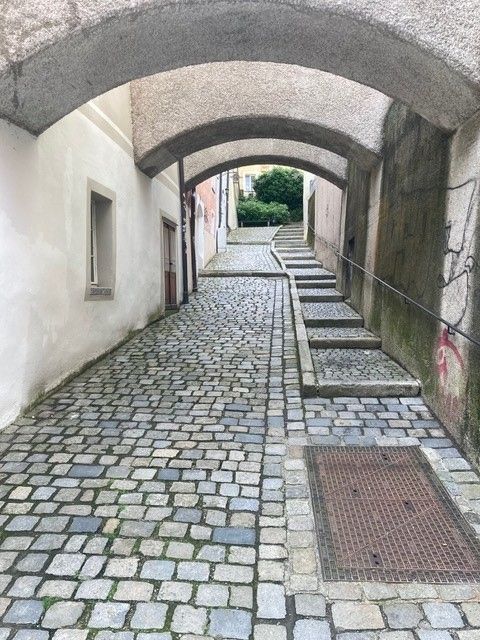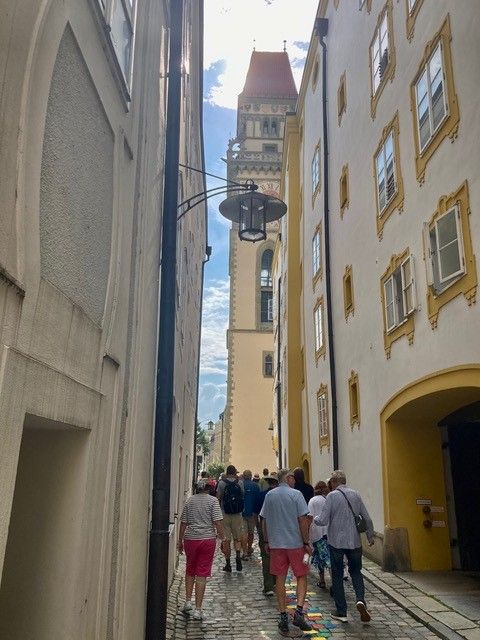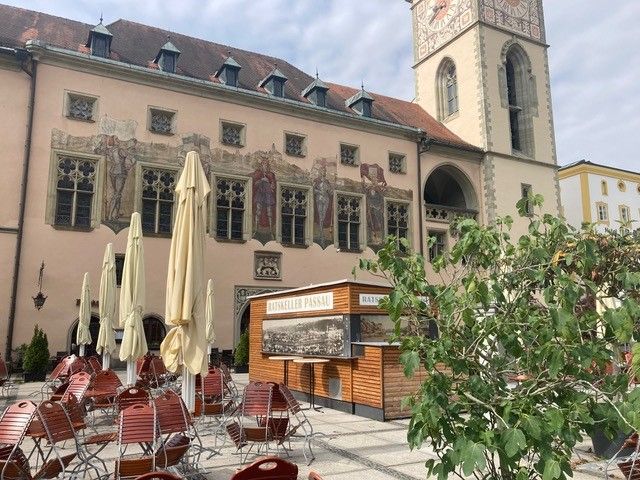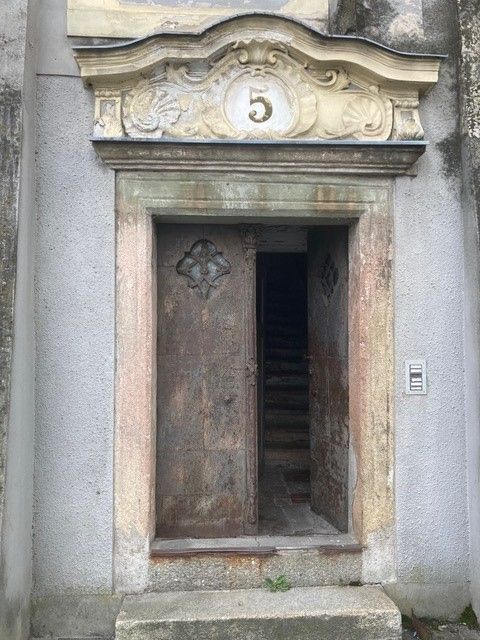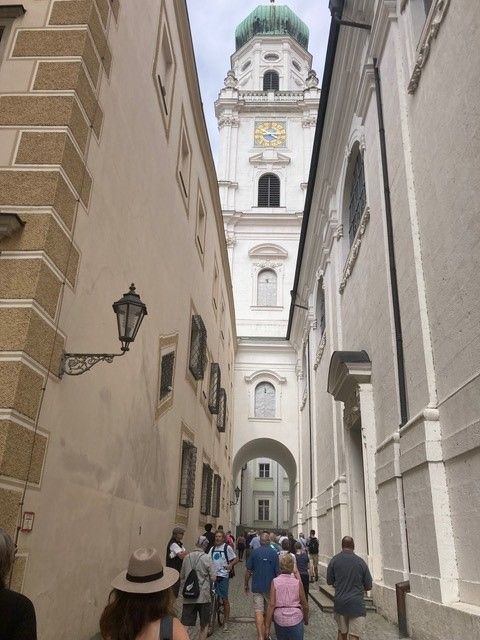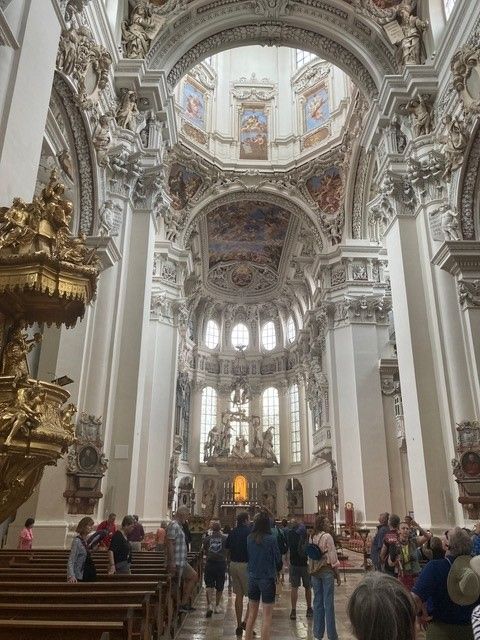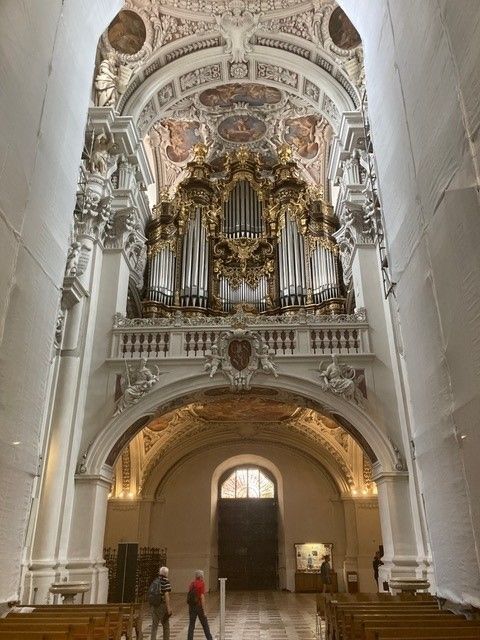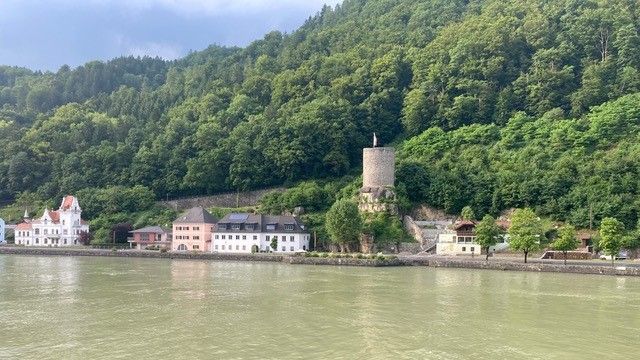
River Cruising Europe: Austria & Germany
We are in Melk, Austria, situated at the confluence of the Melk and Danube Rivers at the base of the Wachau Valley.
The reason for our stop in Melk was to visit the Benedictine Abbey that dominates the town sitting as it does on a rocky crag above the river.
The Abbey was originally the castle seat of the Babenbergs and while its history is somewhat confused the Benedictine order were brought to Melk by Leopold II in 1089, Leopold III gave the monastery its economic basis by giving them property and probably also the Babenberg castle in Melk after the family moved its residence to Vienna.
The original monastery was destroyed by fire in 1297, over successive years it was rebuilt several times, another fire in the 18th Century saw its major rebuild between 1702 and 1736 in its present Baroque form, its survival, at times threatened by conflict was nevertheless ensured through Royal patronage originally from the Babenbergs, then the Hapsburgs, who retained a Royal residence with an Imperial Wing in the Abbey from which the monks were excluded. The Benedictines established the Abbey as a centre of learning and despite there now being only 23 monks attached to Melk, the order supports a school within the Abbey for more than 800 pupils, tourism nowadays provides an important source of income.
Our tour took us through the court yards and up to the Imperial Chambers, now a Museum of the Faith from a Benedictine historic perspective would be an apt way of describing it, with no photos allowed anywhere within the building.
From the museum into the Royal Marble Hall then the Library, and finally the Church, I will try and take photos from the booklet so that you can appreciate the richness of the Baroque period displayed in this building.
The Abbey also had extensive gardens, which we had little time to appreciate before returning to the ship, through another lock, then continued upstream towards Passau through stunning scenery on a beautiful evening.
Saturday morning, alongside in Passau, 55,000 souls, having just crossed into Germany, this ancient city with a history stretching back 2000 years sits strategically on the border with Austria, where the Inn River flowing all the way from the Swiss Alps meets the Danube.
Our walking tour of this medieval city with a delightful Bavarian woman as our guide was through narrow cobbled flood prone streets that were submerged by several metres when the Danube displays its angry character at not infrequent intervals, the flood of 2013 at 12,89 metres only slightly shy of the record flood of 1501, as recorded on the wall of the Town Hall. We peeked inside a riverside dwelling whose Gothic arched entrance was flooded frequently, after a flood it evidently took about three years to dry out. Houses within the flood zone were compensated each time a flood occurred, the residents accept this as part and parcel of living where they do. Passau historically was known for the quality of its steel used in the manufacture of blades and knives, it was also known for the baking of gingerbread,
During WW II sub camps for both Dachau and Matthausen concentration camps were set up in Passau, the prisoners were used in the construction of an underwater power plant, in the forests, and in loading ships at the port, in March 1945 on the orders of the local SS Commander 340 Soviet prisoners of war were taken to the Neuborg forest south of Passau, 107 are shot in the neck and buried there, many more perished in the Inn River.
Our tour ended at another example of the baroque influence, St Stephens Cathedral, which houses the largest organ in any Roman Catholic church in Germany with 18,000 pipes!
Next stop, Passau.




